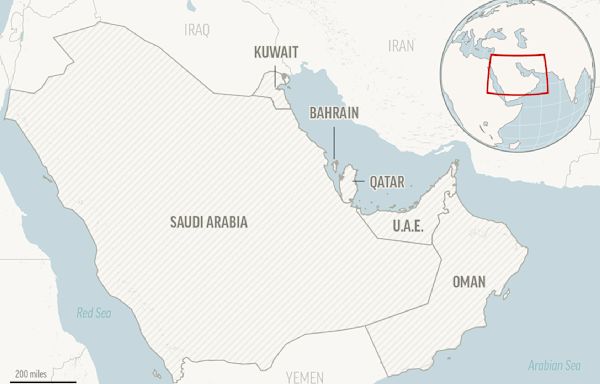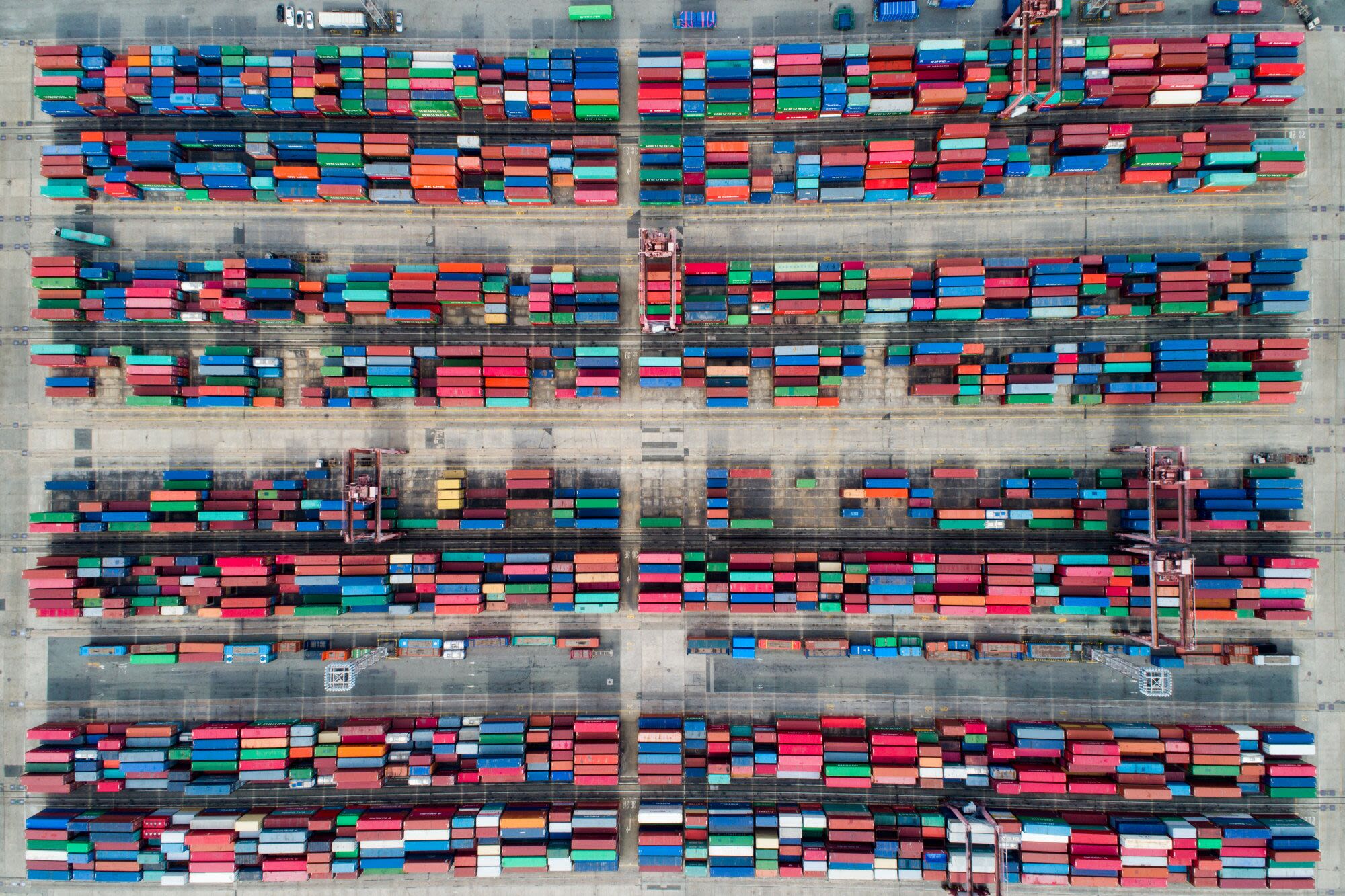Search results
News about Kuwait, crown prince, emir
News about Kuwait, mega-refinery, Al-Zour refinery
Also in the news
Kuwait, officially the State of Kuwait, is a country in West Asia. It is situated in the northern edge of Eastern Arabia at the tip of the Persian Gulf, bordering Iraq to the north and Saudi Arabia to the south. Kuwait also shares maritime borders with Iran. Kuwait has a coastal length of approximately 500 km (311 mi).
- Overview
- Land
- Relief
- Drainage
- Soils
Kuwait, country of the Arabian Peninsula located in the northwestern corner of the Persian Gulf.
A small emirate nestled between Iraq and Saudi Arabia, Kuwait is situated in a section of one of the driest, least-hospitable deserts on Earth. Its shore, however, includes Kuwait Bay, a deep harbour on the Persian Gulf. There, in the 18th century, Bedouin from the interior founded a trading post. The name Kuwait is derived from the Arabic diminutive of the Hindustani kūt (“fort”). Since the emirate’s ruling family, the Āl Ṣabāḥ, formally established a sheikhdom in 1756, the country’s fortunes have been linked to foreign commerce. In time and with accumulated wealth, the small fort grew to become Kuwait city, a modern metropolis mingling skyscrapers, apartment buildings, and mosques. Kuwait city has most of the country’s population, which makes Kuwait one of the world’s most-urbanized countries.
Slightly larger in area than the U.S. state of Hawaii, Kuwait is bounded to the west and north by Iraq, to the east by the Persian Gulf, and to the south by Saudi Arabia.
Britannica Quiz
You Name It!
Kuwait is largely a desert, except for Al-Jahrāʾ oasis, at the western end of Kuwait Bay, and a few fertile patches in the southeastern and coastal areas. Kuwaiti territory includes nine offshore islands, the largest of which are the uninhabited Būbiyān and Al-Warbah. The island of Faylakah, which is located near the entrance of Kuwait Bay, has been populated since prehistoric times.
A territory of 2,200 square miles (5,700 square km) along the gulf was shared by Kuwait and Saudi Arabia as a neutral zone until a political boundary was agreed on in 1969. Each of the two countries now administers half of the territory (called the Neutral, or Partitioned, Zone), but they continue to share equally the revenues from oil production in the entire area. Although the boundary with Saudi Arabia is defined, the border with Iraq remains in dispute.
Exclusive academic rate for students! Save 67% on Britannica Premium.
The relief of Kuwait is generally flat or gently undulating, broken only by occasional low hills and shallow depressions. The elevations range from sea level in the east to 951 feet (290 metres) above sea level at Al-Shiqāyā peak, in the western corner of the country. The Al-Zawr Escarpment, one of the main topographic features, borders the northwe...
Kuwait has no permanent surface water, either in the form of standing bodies such as lakes or in the form of flows such as perennial rivers. Intermittent water courses (wadis) are localized and generally terminate in interior desert basins. Little precipitation is absorbed beyond the surface level, with most being lost to evaporation.
True soils scarcely exist naturally in Kuwait. Those that exist are of little agricultural productivity and are marked by an extremely low amount of organic matter. Eolian soils and other sedimentary deposits are common, and a high degree of salinity is found, particularly in basins and other locations where residual water pools. One of the environ...
Kuwait City ( Arabic: مدينة الكويت) is the capital and largest city of Kuwait. Located at the heart of the country on the south shore of Kuwait Bay on the Persian Gulf, it is the political, cultural and economic centre of the emirate, containing Kuwait's Seif Palace, government offices, and the headquarters of most Kuwaiti ...
May 22, 2024 · Background. Kuwait has been ruled by the AL-SABAH dynasty since the 18th century. The threat of Ottoman invasion in 1899 prompted Amir Mubarak AL-SABAH to seek protection from Britain, ceding foreign and defense responsibility to Britain until 1961, when the country attained its independence.
Kuwait, city and national capital, eastern Kuwait. The city lies on the southern shore of Kuwait Bay of the Persian Gulf and is home to most of the country’s population. Its name is derived from the Arabic ‘kut,’ meaning ‘fort.’. Learn more about the city, including its history and economy.
- The Editors of Encyclopaedia Britannica
Dec 18, 2023 · 18 December 2023. Oil-rich Kuwait is a tiny country nestling at the top of the Gulf. Flanked by powerful neighbours Saudi Arabia, Iraq and Iran, its strategic location and massive oil reserves ...
People also ask
Why did us fight for Kuwait?
Is Kuwait Safe to visit?
Is Kuwait a free country?
Kuwait, officially the State of Kuwait, is a country in West Asia. It is situated in the northern edge of Eastern Arabia at the tip of the Persian Gulf, bordering Iraq to the north and Saudi Arabia to the south. Kuwait also shares maritime borders with Iran. Kuwait has a coastal length of approximately 500 km (311 mi).




